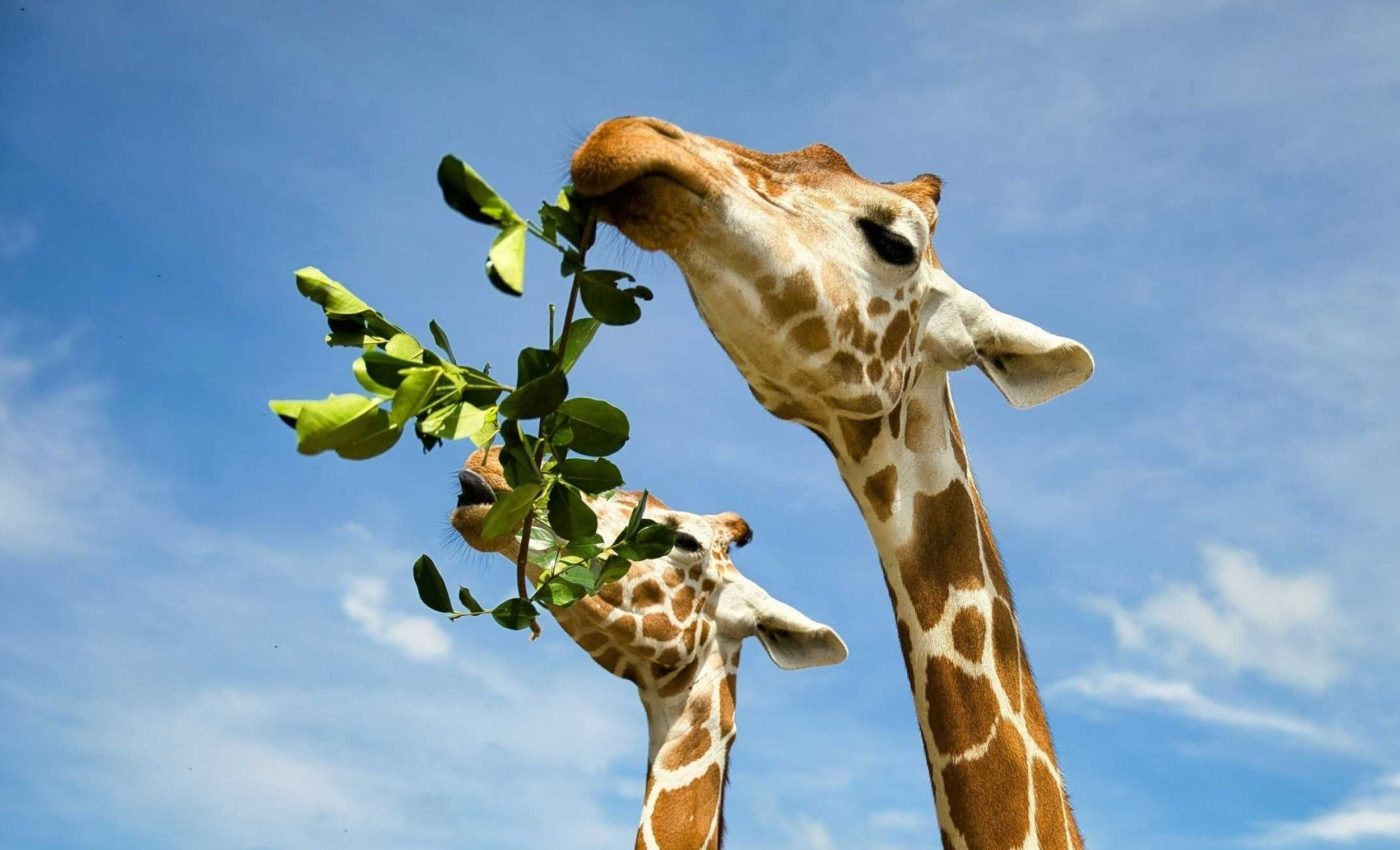
World Giraffe Day 2025 calls for urgent action to save giraffes
Since 2014, June 21 has been observed globally as World Giraffe Day. Chosen deliberately for its distinction as the longest day of the year, the date honors the world’s tallest land mammal. The symbolism is compelling, but the message is urgent.
Giraffes are undergoing a rapid and largely unrecognized population decline. While often admired for their appearance, their ecological importance and conservation status remain overlooked by the global public.
The Giraffe Conservation Foundation emphasizes that celebrating giraffes must go hand-in-hand with acknowledging the threats they face. Current trends suggest that without widespread intervention, these animals could disappear within our lifetime.
Ecological roles of giraffes
Giraffes may be quiet and unassuming, but they play a vital role in nature. They perform key ecological functions that support biodiversity in savanna ecosystems.
While feeding, giraffes naturally trim tree canopies, allowing more sunlight to reach the plants below. This promotes understory growth and enhances the structural diversity of the ecosystem.
As giraffes move across landscapes, they disperse seeds, contributing to forest regeneration.
Giraffes help many other animals by changing their surroundings. Birds, insects, and mammals all benefit. Yet, much like their silent presence, the decline of giraffes has largely gone unnoticed.
World Giraffe Day: A quiet decline
Over the past three decades, giraffe populations have declined by nearly one third. They have been extirpated from at least seven African countries. Despite this, their situation has received minimal public attention. Conservationists have described this phenomenon as a “silent extinction,” noting the contrast between the giraffe’s visibility in tourism and media, and its invisibility in conservation policy.
In comparison to elephants and rhinos, which receive considerable international focus, giraffes rarely appear in global conservation discourse. Their quiet presence may be contributing to their neglect. Yet, the threats they face are no less severe.
Drivers of population loss
Habitat fragmentation is a primary driver of population decline. Human expansion through agriculture, infrastructure, and urban development has significantly reduced the land available to giraffes.
Poaching also persists. Some giraffes are killed for meat; others for tails, which are used as charms or tools.
Climate change compounds these pressures. Droughts force giraffes to approach farmlands, leading to human-wildlife conflict. In these cases, crop protection often results in giraffe fatalities.
The cumulative effect of these stressors is a gradual erosion of giraffe populations across the continent.
Emerging scientific urgency
Recent genetic studies have shifted scientific understanding of giraffe taxonomy. What was once considered a single species with subspecies is now recognized as four distinct species.
This taxonomic clarification carries conservation implications. Protection strategies must now be tailored to individual species, as threats and habitat needs vary.
With improved clarity comes a renewed obligation to act swiftly. Several giraffe species are critically endangered, with populations below 2,000 individuals.
Supporting active conservation efforts
The Giraffe Conservation Foundation leads key interventions across Africa. One major strategy involves tracking giraffes using GPS collars to map their movement patterns and identify ecological corridors. These insights inform landscape-level protection strategies.
Translocation efforts have also proven successful. In areas where populations are especially vulnerable, small herds have been moved to protected zones with favorable conditions.
Though resource-intensive, this approach has led to successful breeding and the birth of new calves, offering cautious optimism.
Public action on World Giraffe Day
Public involvement remains essential. While direct participation in fieldwork is not feasible for most individuals, awareness-raising remains powerful.
Sharing verified information, supporting conservation organizations, and advocating for sustainable tourism all contribute to broader efforts.
Educators can also play a key role by integrating giraffe conservation into curricula. Artists, writers, and communicators can amplify messages that connect people emotionally and intellectually with the issue.
Cultural significance of giraffes
Beyond biology, giraffes hold symbolic importance in many African cultures. Their image appears in rock art, oral traditions, and modern storytelling.
Often associated with grace, patience, and heightened vision, giraffes represent qualities that humans value deeply.
In this sense, their disappearance would constitute not only an ecological loss but also a cultural one. Preserving giraffes means preserving shared human heritage.
More than a celebration
This observance offers more than celebration. It invites reflection. Why has the decline of such an iconic animal gone largely unnoticed? What assumptions have shaped our collective inaction? And more importantly, how do we shift from admiration to responsibility?
The extra daylight on June 21 becomes a metaphor for awareness. The question is whether we will use it wisely. We already have the tools and science is catching up.
Protecting giraffes isn’t just about saving a species – it’s about preserving the wild itself. We can’t afford to wait. What stands tall today could disappear tomorrow.
—–
Like what you read? Subscribe to our newsletter for engaging articles, exclusive content, and the latest updates.
Check us out on EarthSnap, a free app brought to you by Eric Ralls and Earth.com.
—–













